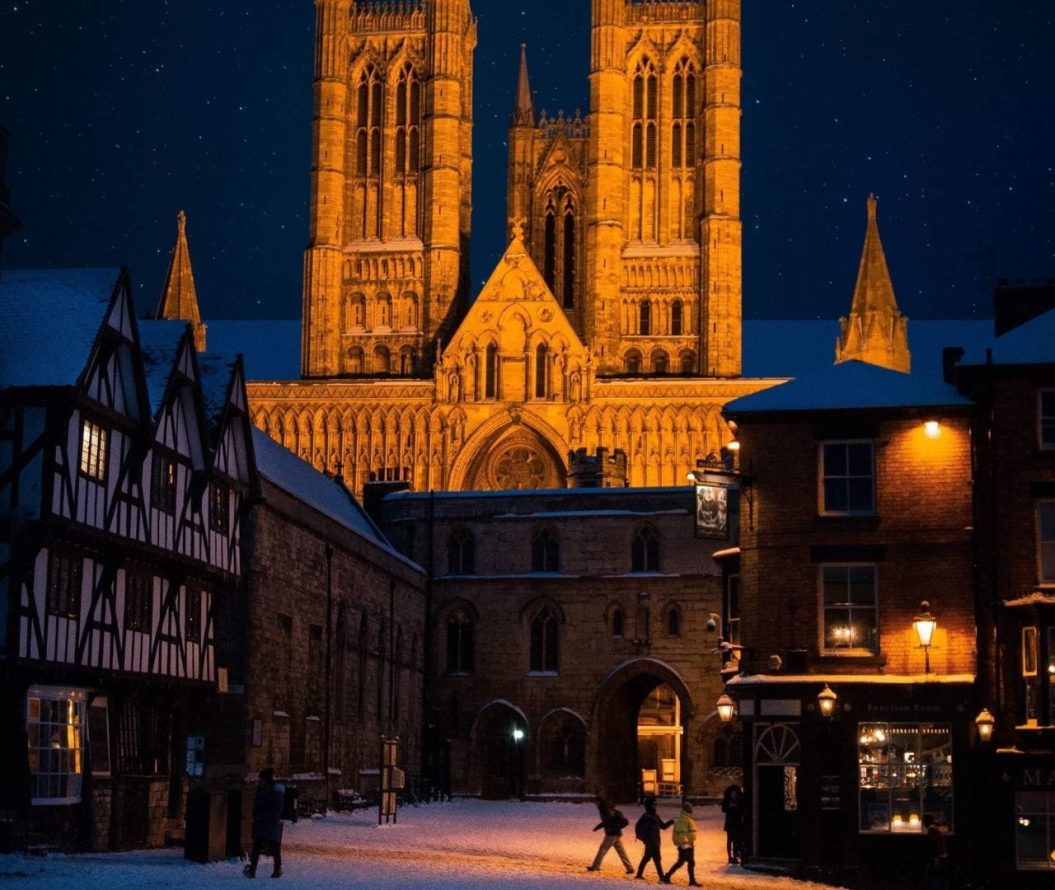
The Camino de Santiago
This post contains outdated information, for a newer article please read:
Travelling Europe while living in Lincoln
Tips for travelling this summer
The Way of St James is something that holds particular significance to me. When I lived in Ireland, it was unusual to meet anyone who had not only heard of the Camino but who was not already intending to do it themselves.
When the university Chaplaincy offered me the opportunity to go on the pilgrimage (an idea appealing to both one’s desire for adventure-oriented exercise and an exploration of one’s own faith), I was quick to sign up.
What I had not anticipated, however, was how life-changing the experience would be, and how for every year since it would pull me back to do it again.
As regular pilgrims that one meets along the Way usually express (amidst a brief exchange of jovial understanding), although one may arrive at Santiago, one never truly ‘finishes’ the Camino.

The Camino is an experience so intense that it would be genuinely impossible to ascribe it a description that would do it justice. I could never encapsulate the mountains, local foods, flora, fauna, forests, and experiences that one encounters along the way into words that would give you an idea of what it is like to travel among them.
No less than I could adequately summarise the depth of the relationships that you build with your fellow pilgrims. As a friend jokingly pointed out, you should bring the person you intend to marry on the Camino – for through it you will see their very best side and their very worst.

There is an intimacy and a rawness that only experiences like the Camino can bring out, yet the hours that one spends travelling each day provide equal opportunity for entirely silent reflection, and for undistracted commune with God.
As the term goes, the Camino is not simply a “walk in the park”, however, and one suffers a multitude of privations on the way to Santiago. Yet as one finally arrives at the foot of the cathedral, the official conclusion of the pilgrimage, one knows implicitly that all of one’s struggles have been worthwhile.

You leave there stronger, wiser, (absolutely exhausted) and on much better-speaking terms with the Almighty. As the book of Romans (5:3-4) points out, “suffering produces perseverance; perseverance, character; and character, hope.”
The Camino de Santiago truly is an epic adventure, for people of all faiths and none. If you don’t believe me, you’ll simply have to pack your bag, pull on your walking boots and try it for yourself.
Written by Jonathan Shiell, Medieval History PhD Student
If you want to know more about the chaplaincy service – The second Multi-Faith Chaplaincy newsletter Chaplaincy Focus is available to read now.
To download the pdf version please click the link here. Limited printed copies are available. If you would like one please email your name and address to chaplaincy@lincoln.ac.uk.
- Topics
- Arts & Culture
- Exercise
- Religion
- Travel




